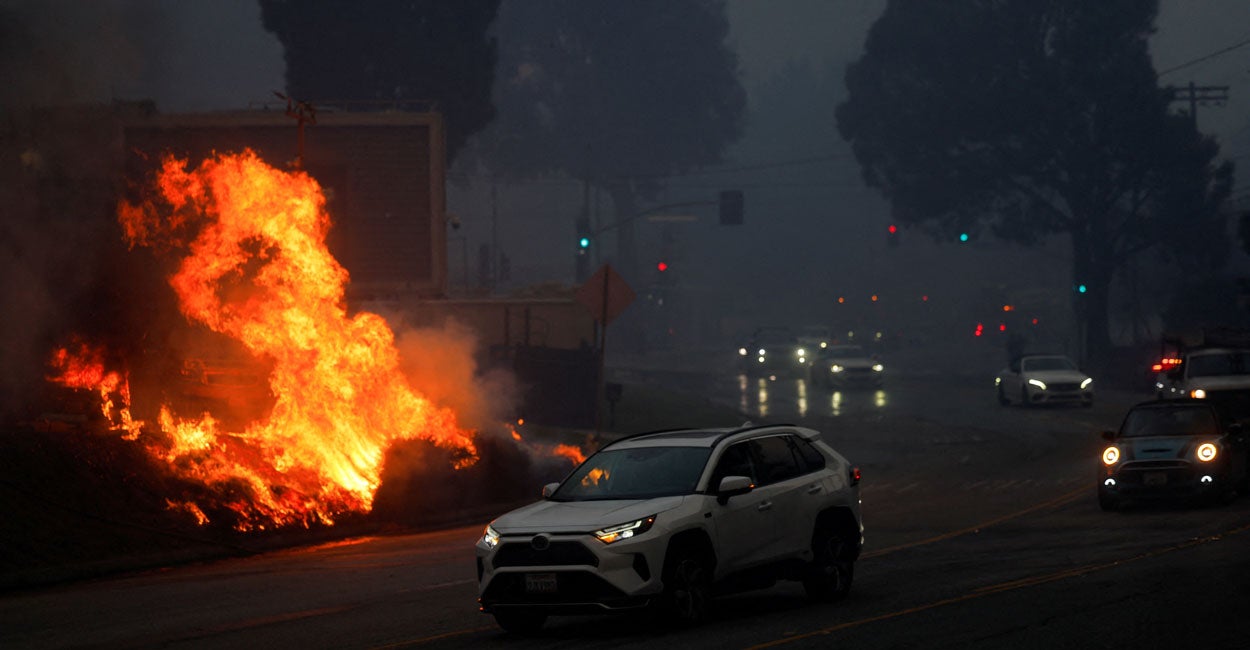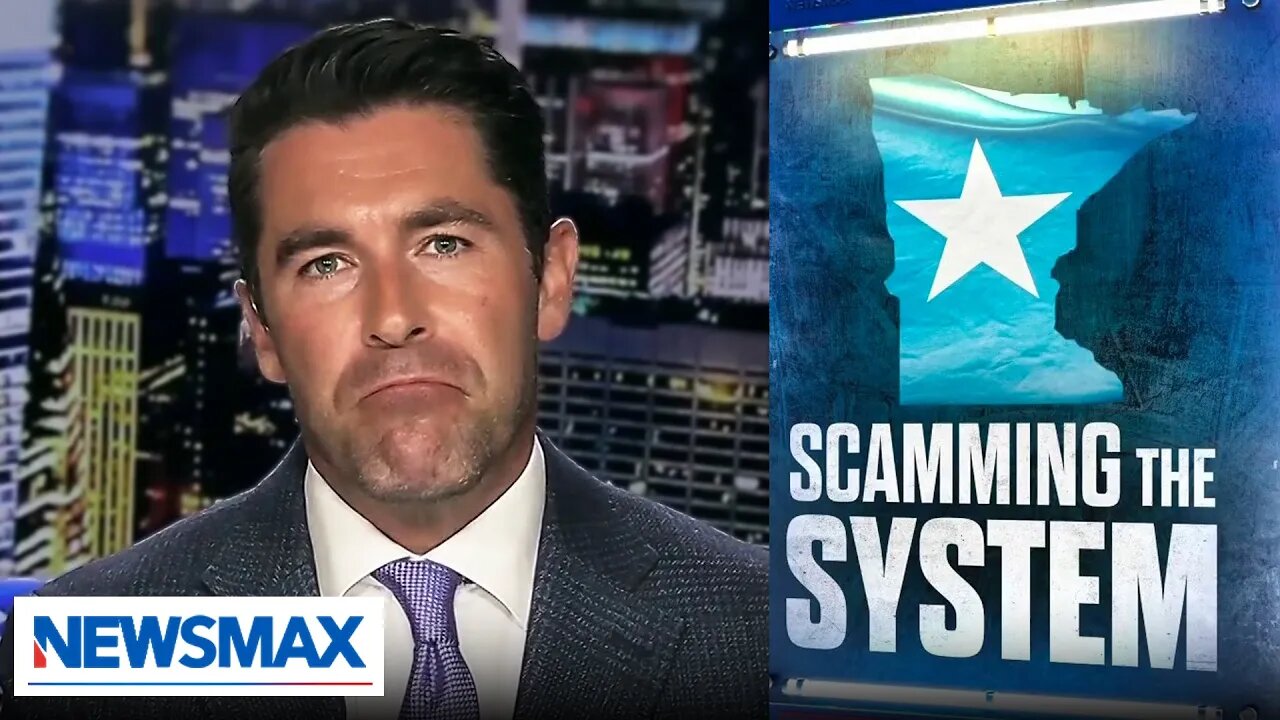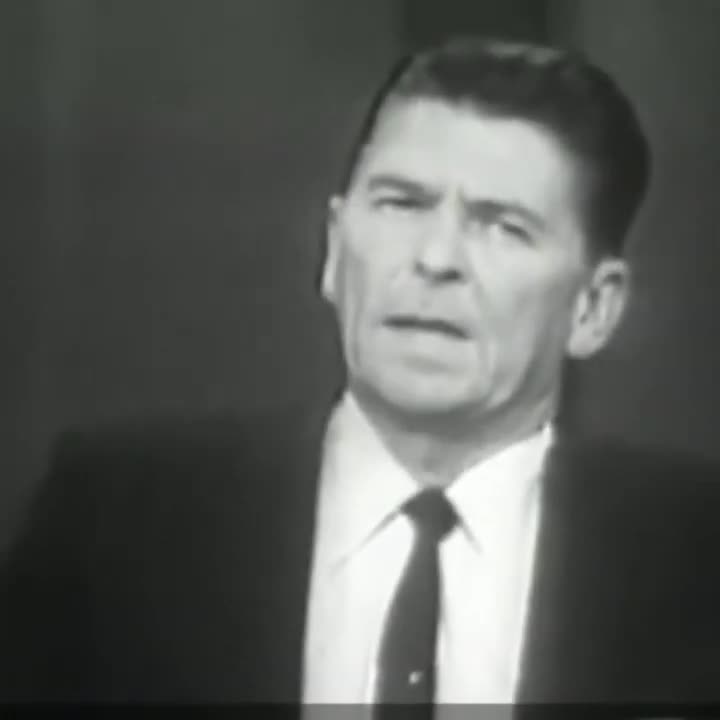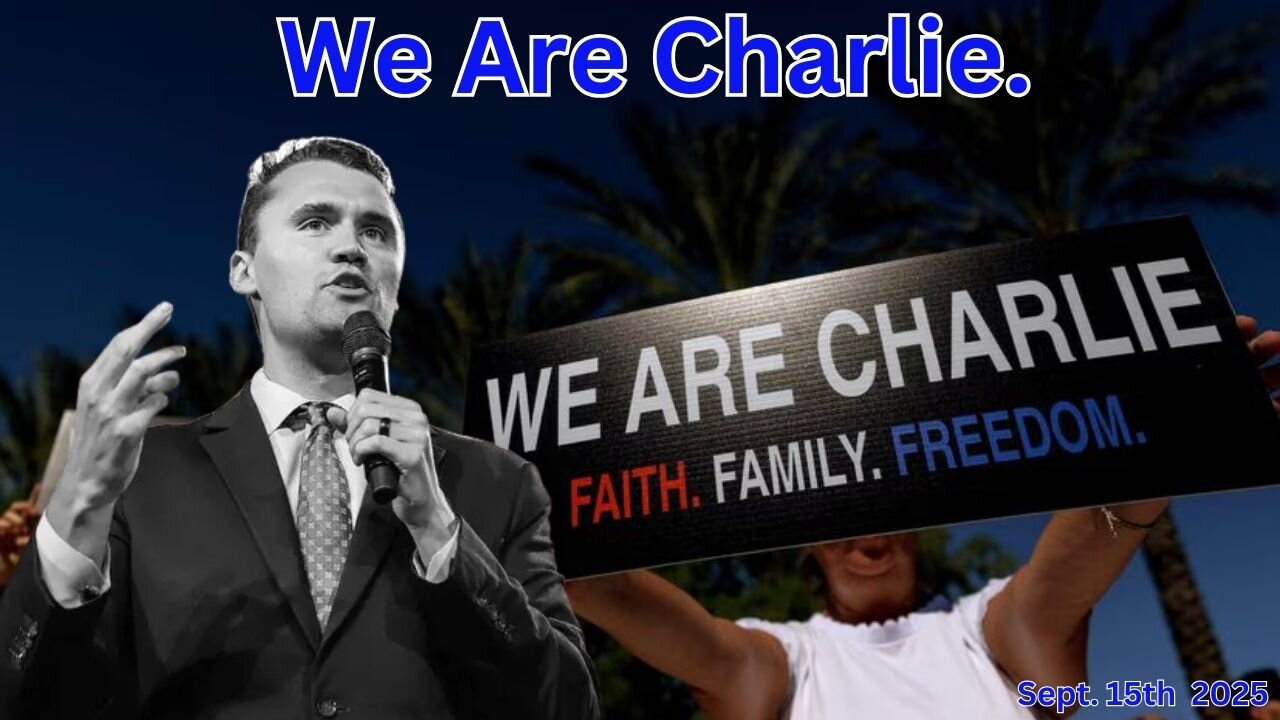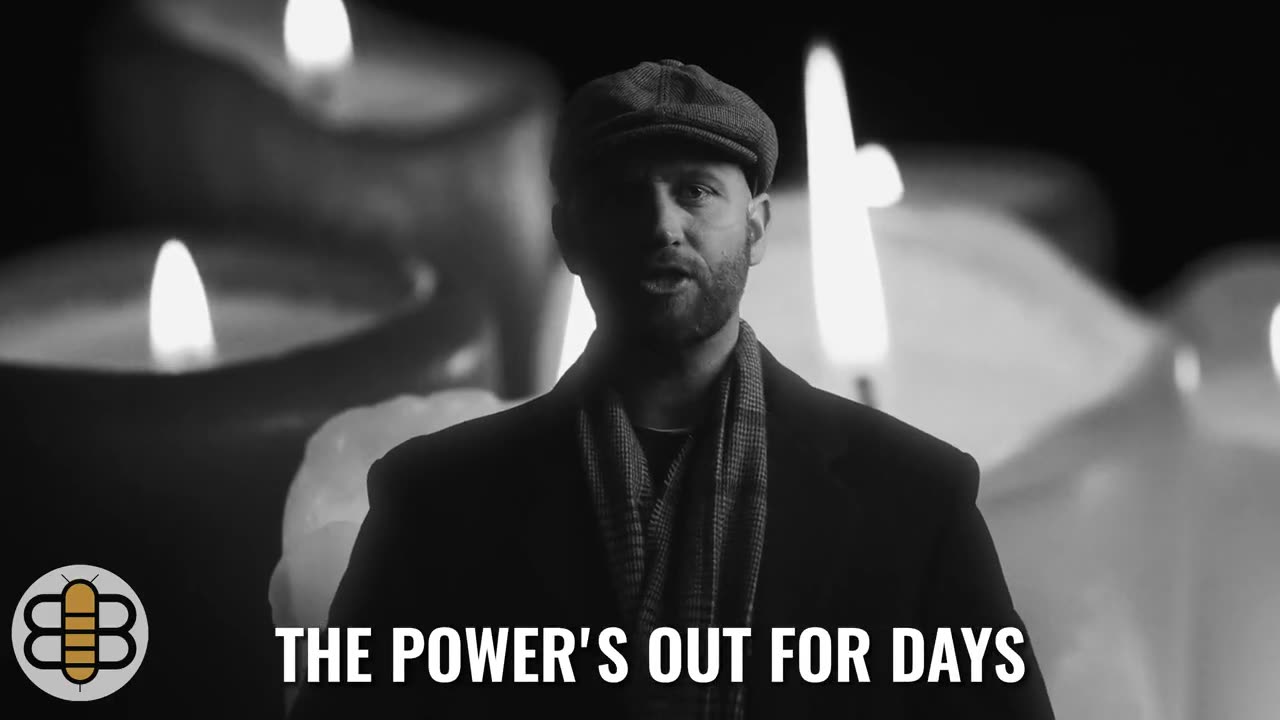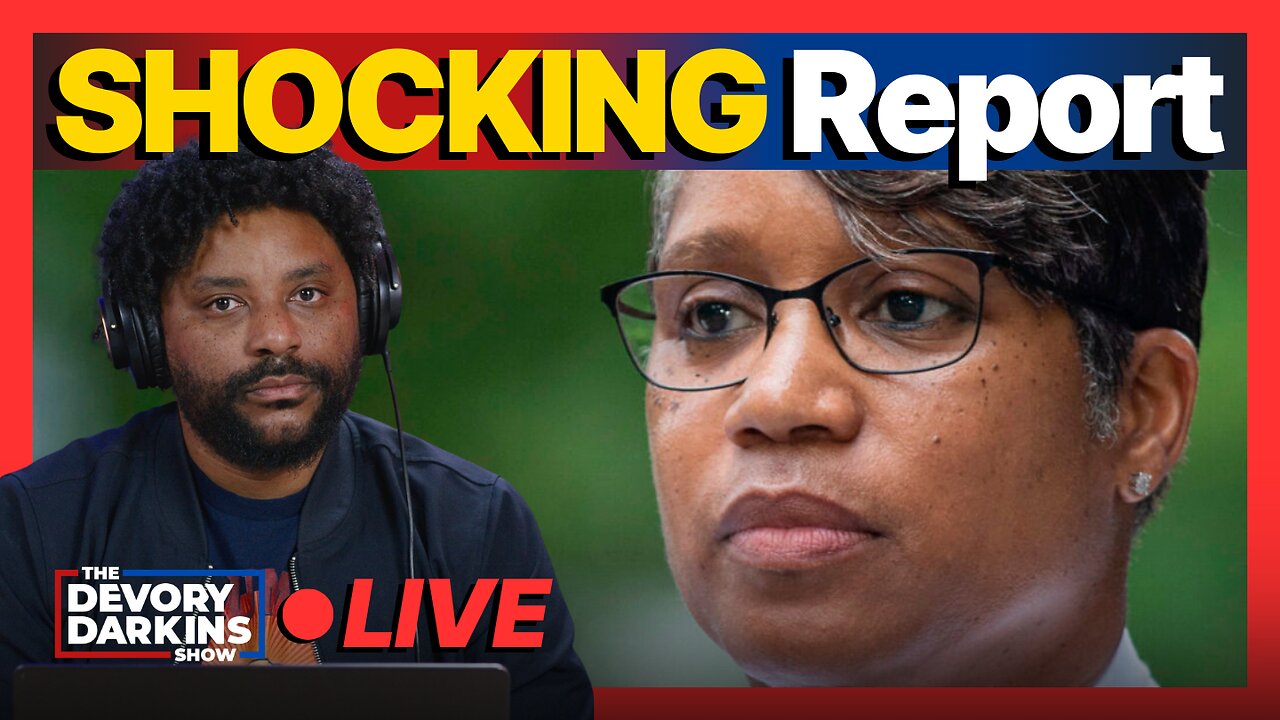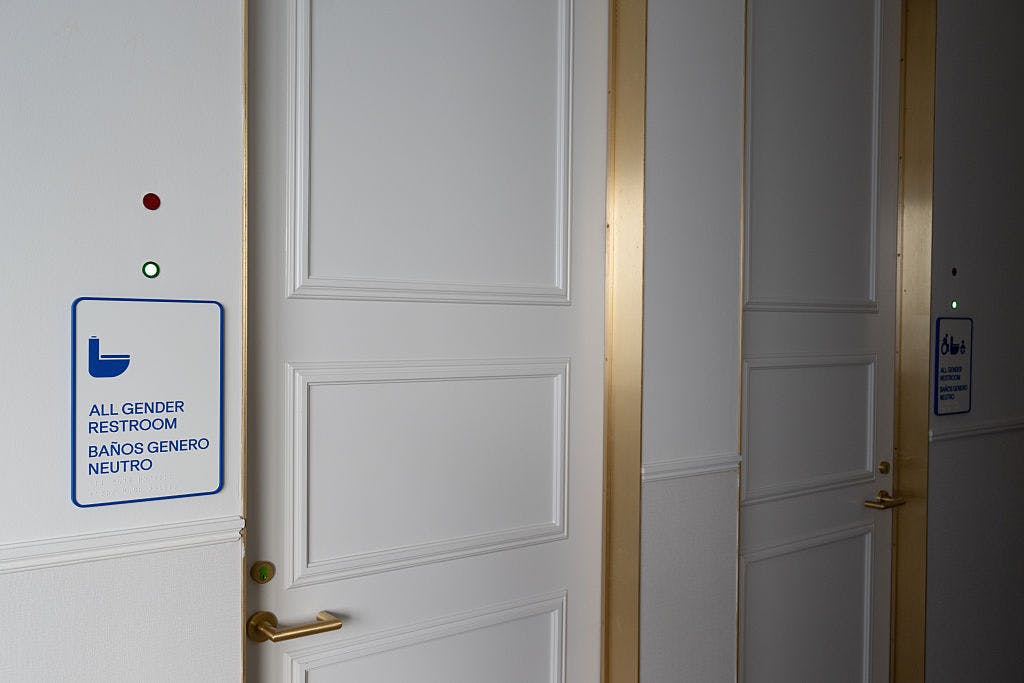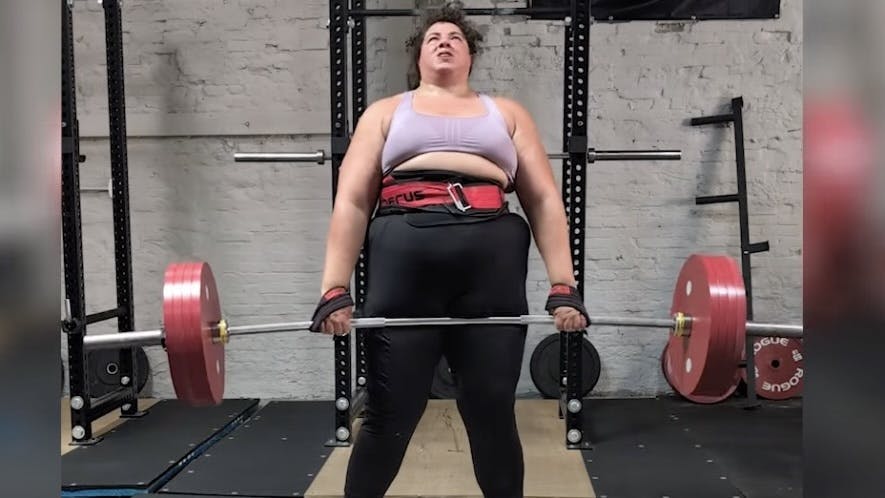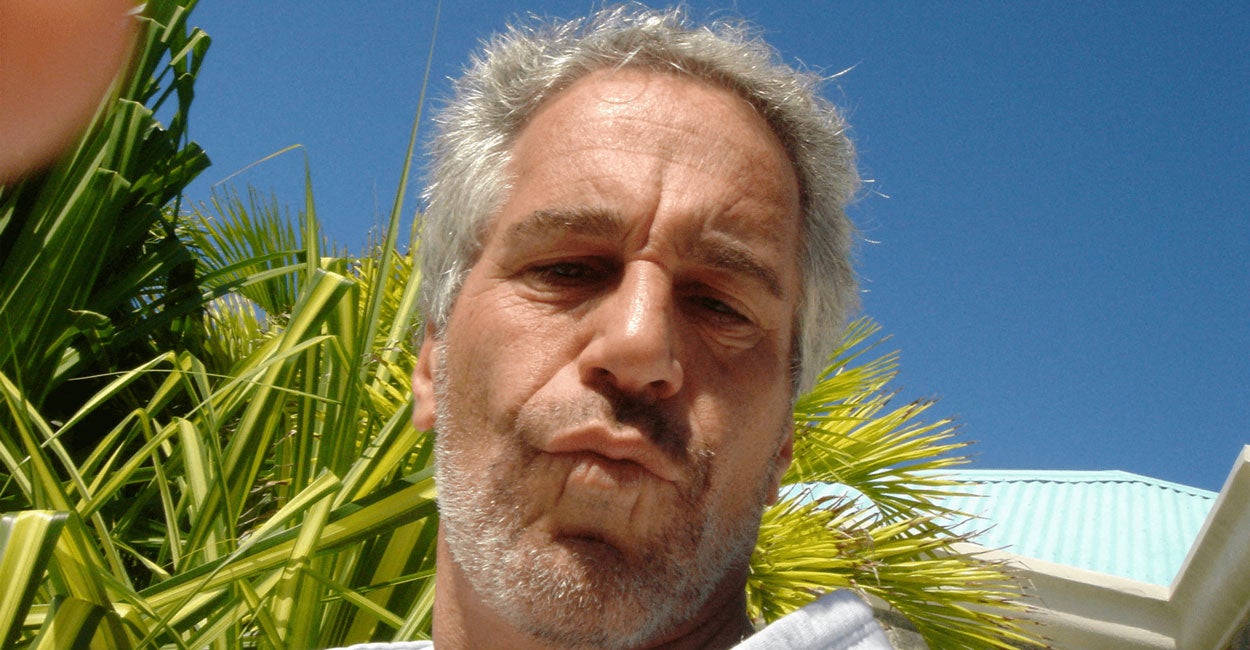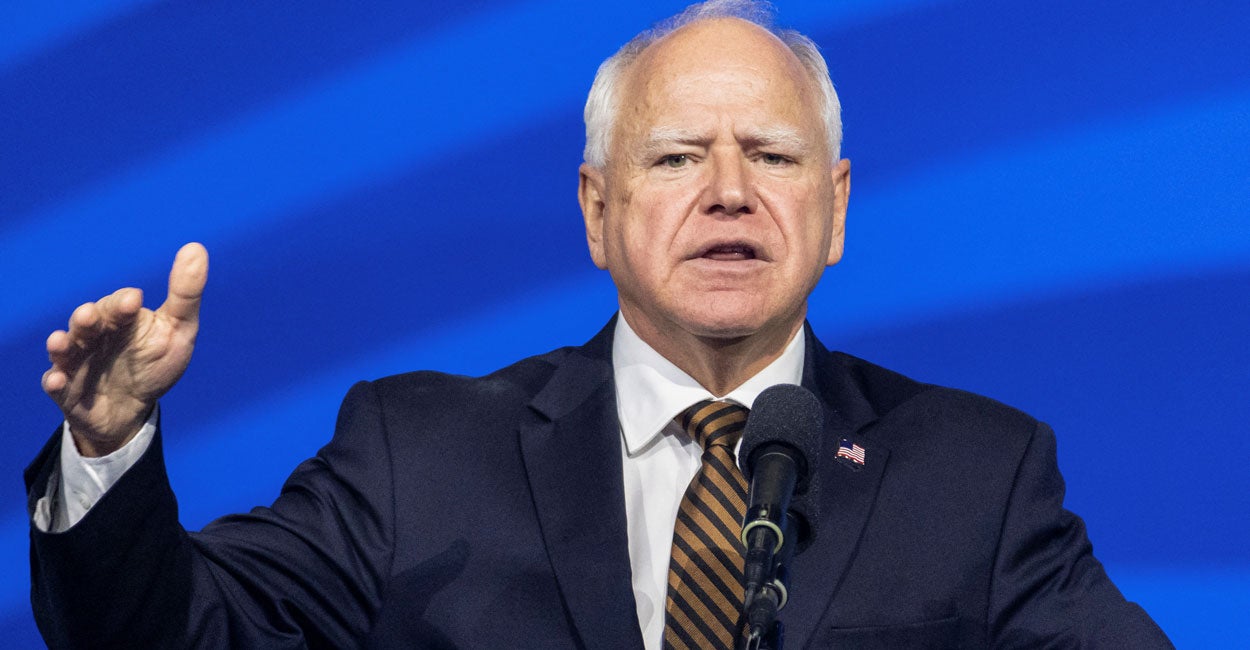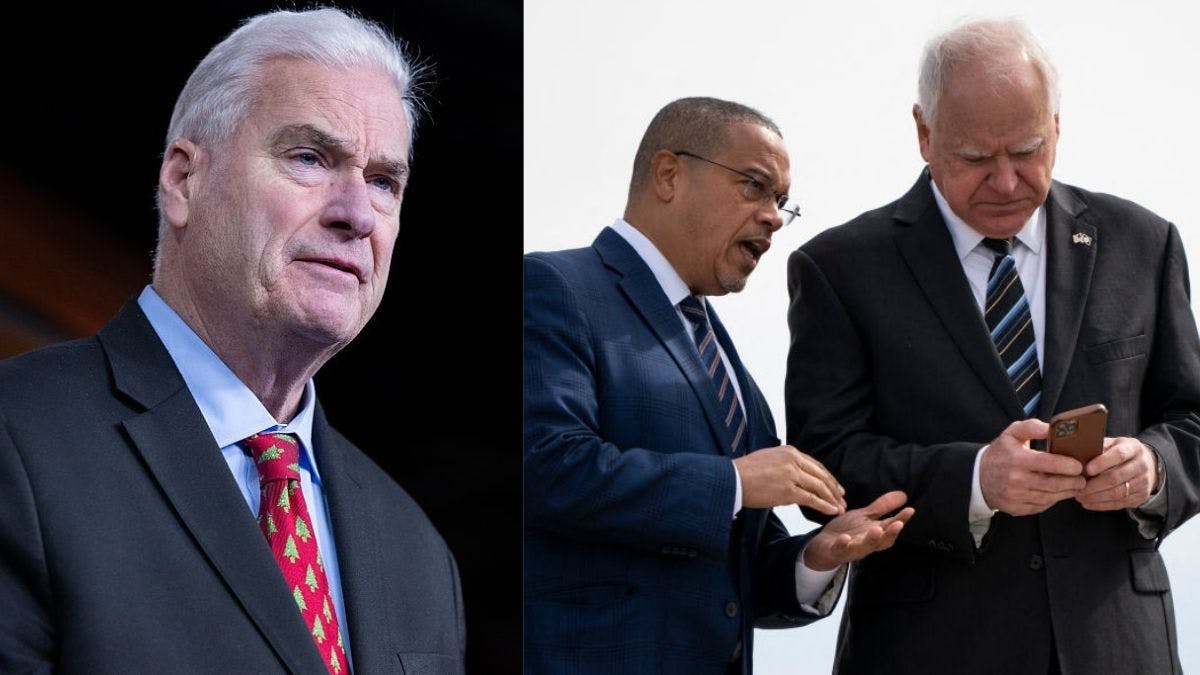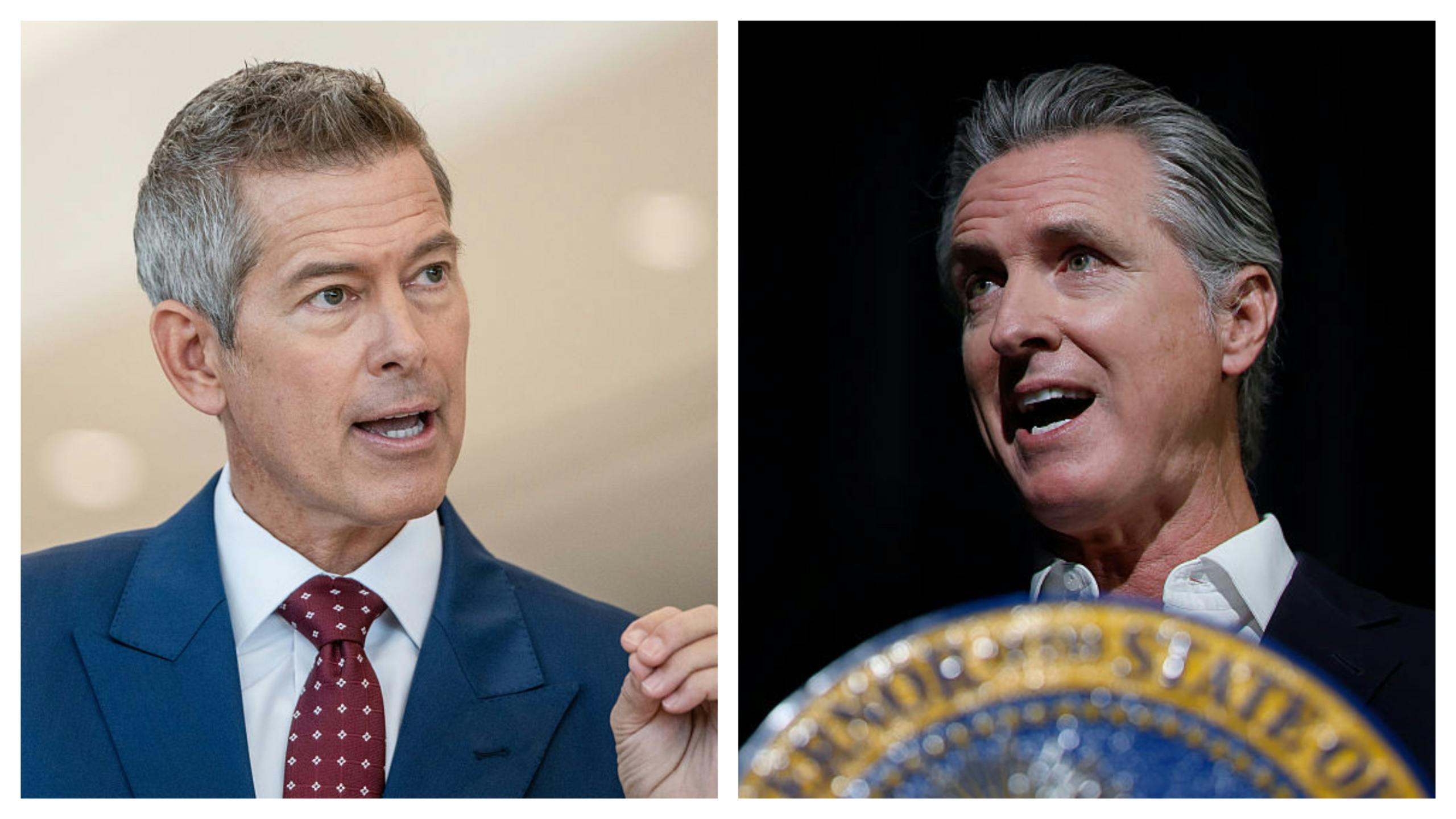The Troubling Surge In ‘Climate Anxiety’ Therapy Among Young People
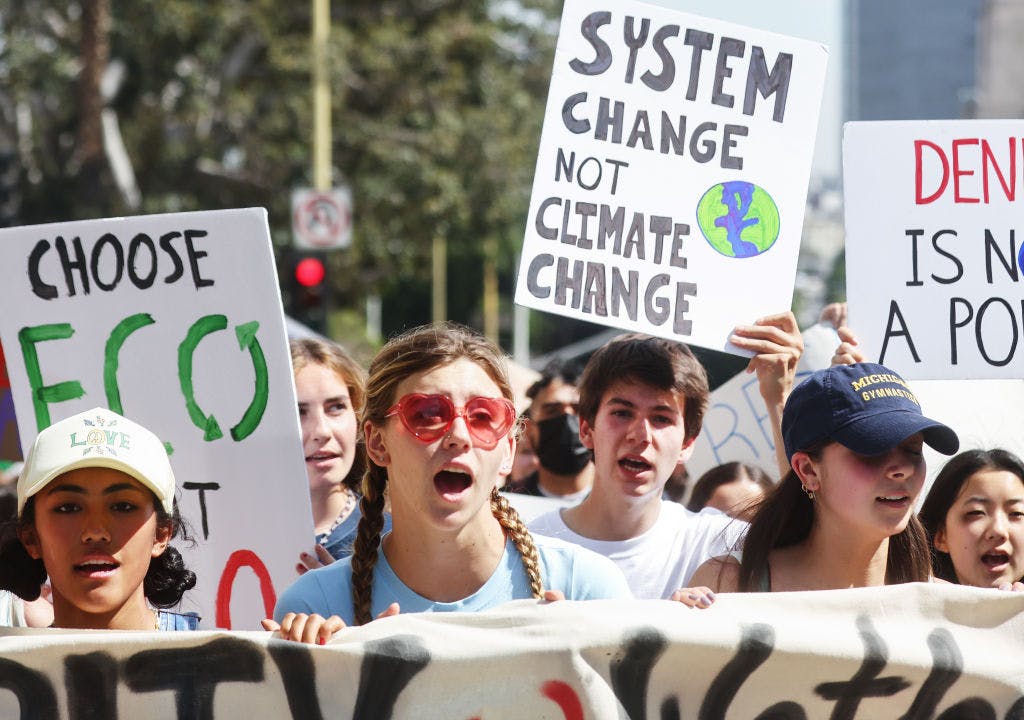
A young woman on Instagram holds up an armful of green blankets. Every time she feels stressed about the state of the world, she makes a leaf or moss blanket.
Live Your Best Retirement
Fun • Funds • Fitness • Freedom
“As you can see,” the young woman says, referring to the mound in her arms, “the state of the world has not been great.”
A mother describes the wave of guilt and shame that floods her when she contemplates buying plastic-wrapped snacks at Trader Joe’s. College students in an exercise designed to help them create plans to achieve their goals struggle to envision anything but blankness or the apocalypse when picturing the future.
All around us, adults and children are struggling with their mental health after years of being bombarded with messages that a climate catastrophe is both inevitable and imminent. These feelings of dread and helplessness, particularly in the youngest generations, have inspired a new term: “climate” or “eco” anxiety.
Widespread climate anxiety is fueling the growth of a new specialty, with some psychologists building practices around treating the problem. Yet how to approach treatment has caused its own controversy. Mental health professionals like me are trained to keep our own views out of a counseling relationship. This would include offering any opinions about anthropogenic climate change. Other groups, such as climate activists, react poorly to viewing what they consider well-founded anxiety over climate as dysfunctional thinking.
But any thought patterns that inhibit daily functioning and contribute to depression, social withdrawal or distressing feelings need to be treated. In trying to raise awareness of a changing climate and potential implications, authority figures like teachers, topic experts and even hyperbolic climate news articles have gone too far.
Dr. Sarah Ray is the professor who discovered her students simply couldn’t envision a positive future. “It wasn’t just that they were living in a scary world,” she said. “It was that they were getting information about a scary world in a very particular way.”
The answer is to stop scaring people. Fear is rarely motivating. People have to feel as if they can make a change or a difference. Fear tactics only encourage feelings of helplessness and overwhelm, leading to avoidance and disconnection.
Adults must learn how to navigate these issues for their own improved mental health, as well as for effective parenting and education of the next generation. Teaching children about climate change has too often strayed from providing necessary information to dumping unfiltered fears on impressionable kids.
“It’s essential for adults to learn how to manage stress and anxiety in their own lives so we don’t pass it on to the next generation,” licensed clinical social worker and psychotherapist Amy Morin said in Psychology Today.
This might look like building better habits, such as limiting exposure to articles about climate (stop doomscrolling).
Another technique used in cognitive behavioral therapy is redirecting attention from something distressing to something lovable as a step towards finding agency. For example, I am passionate about reducing landfill waste. When I feel afraid and angry about the size of trash piles in the ocean or how much garbage we export to other countries, I try to remember that the feelings are secondary emotions pointing to what I love. I care because I love my community and my country. I care about the world. I love my children, and I want them to inherit a planet that is healthier, not more diseased from human carelessness. I believe we are called to be good stewards.
I can’t teach my children those values by yelling at them for being wasteful or terrorizing them with scary photos, just as I can’t keep them from using drugs by enrolling them in DARE. Instead, I have to teach them to live for something beyond themselves, but also to know that while they can’t solve massive problems on their own, there is hope in performing small positive actions.
End of Summer Sale – Get 40% off New DailyWire+ Annual Memberships
If they are not overwhelmed by the magnitude of the problem, they are better positioned to engage in the first place, individually and then in community. They will also be less vulnerable to misrepresentation of the facts if their ability to apply critical thinking is not shut down by the fear-triggered “fight, flight, or freeze” response of the amygdala in the brain. For example, instead of believing we should abandon fossil fuels, which would actually destabilize communities, they can evaluate the possibility of using technology to lessen their impact while pursuing more sustainable solutions.
Dr. Thomas Doherty has built a practice around helping people with climate anxiety. Along with coauthor Susan Clayton, they were among the first nearly 15 years ago to suggest that climate change would have a psychological impact on people. After Portland experienced a high-pressure system called a “heat-dome” that sent temperatures soaring, one client asked Dr. Doherty if they were all doomed.
“Dr. Doherty listened quietly. Then he told her, choosing his words carefully, that the rate of climate change suggested by the data was not as swift as what she was envisioning.
‘In the future, even with worst-case scenarios, there will be good days,’ he told her, according to his notes. ‘Disasters will happen in certain places. But, around the world, there will be good days. Your children will also have good days.’”
Humans won’t be able to solve the problems we are facing if, in pursuit of gaining acknowledgement of serious problems, we believe and have taught our youngest generations that there is nothing to live for. Dr. Ray may have put it best.
“We just need better thoughts,” she said. “It’s not about 10 things you can do to save the planet. There’s a hundred million books out there. This is like 10 things you can think about to save the planet.”
Better thoughts can be practiced. In the next encounter with a dramatic headline about climate change, try to pause. Remember first that every climate news and opinion article today has one goal: to get a reader to click. Headlines are written with that sole aim in mind. Fear sells. Don’t fall for it. I tell my clients to notice their feelings, then to redirect their thoughts to what they love and the specific things they are practicing to stay true to their values. This will energize people to continue to be part of solutions rather than perpetuating a cycle of impotent fear.
* * *
Alysha Tagert, MSW, LICSW, is a mental health professional specializing in anxiety, depression, grief and loss, trauma and PTSD.
The views expressed in this piece are those of the author and do not necessarily represent those of The Daily Wire.
Originally Published at Daily Wire, Daily Signal, or The Blaze
What's Your Reaction?
 Like
0
Like
0
 Dislike
0
Dislike
0
 Love
0
Love
0
 Funny
0
Funny
0
 Angry
0
Angry
0
 Sad
0
Sad
0
 Wow
0
Wow
0
